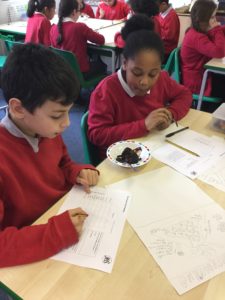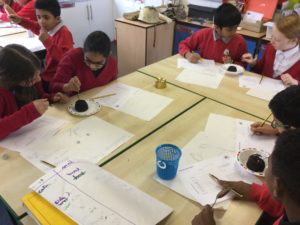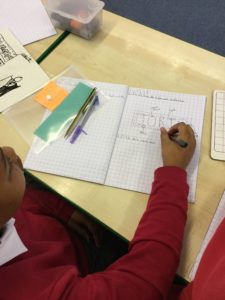This year is the 30th anniversary of Childline. It’s often thought that Childline is just a phone number, but their website is full of useful information in different formats. If you haven’t looked at the site, check it out, and encourage your child to visit, too. Remind children that they don’t have to be be in distress to find the Childline information helpful.
Why do children contact Childline?
The two most common reasons children contact Childline are low mood/unhappiness and family relationships. Childline made 4,005 referrals in 2015/16 on behalf of 3,609 children to external agencies, a 7% increase in referrals since 2014/15. There was a 49% increase in referrals about mental health since 2014/15. (Source: How safe are our children 2016, NSPCC, 2016)


